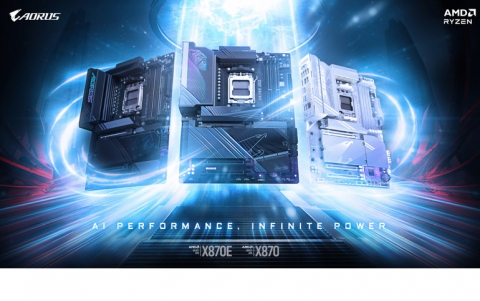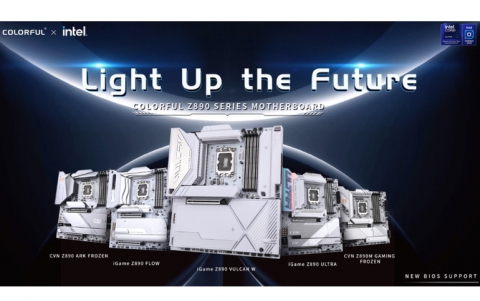EVGA 680i LT Motherboard
12. Overclocking
Review Pages
2. Comparison between 680i and 680i LT
3. The Package
4. BIOS
5. Installation
6. Everest Ultimate Edition 2006 - SiSoft Sandra
7. PCMARK - 3DMARK
8. Science Mark - PovRay - Nero Digital
9. CINEBENCH -SuperPI
10. F.E.A.R - Prey
11. Splinter Cell Chaos Theory - Half Life
12. Overclocking
13. Conclusion
EVGA advertises the 680i LT as an overclocking champion, and to be honest we couldn't disagree with that statement. The BIOS includes all the needed settings to boost the CPU's overall speed, either by increasing the FSB or RAM frequency, synced or not. Without making any special preparations and leaving all voltages at auto, we got a nice overclock increase of 1GHz from our Intel E6600 CPU:

Yes that is correct! The motherboard made the correct option changes and we had a stable system at 3.465GHz. However, note that you need a better cooling system than Intel's default in order to keep CPU temperatures low. We could boot the PC at 3.8GHz with the Auto settings, but couldn't boot Windows. Perhaps with a different cooling system, we could go even higher.
Passing on to the highest FSB we could get, we had some issues. The system wasn't very stable above 415MHz (FSB), with memory un-synced. That troubled us since we had seen reports of other reviewers getting up to 500MHz FSB, perhaps it was our system setup (CPU+memory).

The good news is that most of the EVGA 680i LT motherboard settings can be set from Windows with the Nvidia nTune application:
Users can set on-the-fly the system FSB and memory timings, and test the stability of the system. Intel doesn't offer such an application for their chipsets, so we can say its an advantage for Nvidia users.
Review Pages
2. Comparison between 680i and 680i LT
3. The Package
4. BIOS
5. Installation
6. Everest Ultimate Edition 2006 - SiSoft Sandra
7. PCMARK - 3DMARK
8. Science Mark - PovRay - Nero Digital
9. CINEBENCH -SuperPI
10. F.E.A.R - Prey
11. Splinter Cell Chaos Theory - Half Life
12. Overclocking
13. Conclusion






















